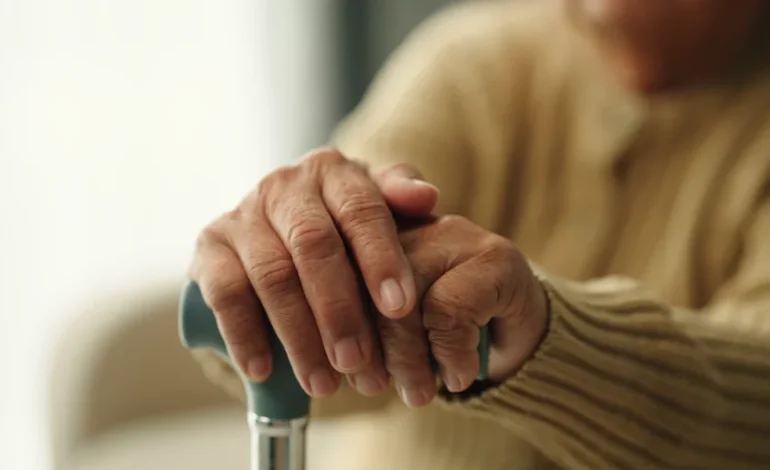Two small studies published this week in Nature have shown early signs that stem cell therapy could become a viable treatment option for patients with Parkinson’s disease, NPR reports.
Researchers reported that transplanted stem cells not only survived in patients’ brains but also began producing dopamine, the neurotransmitter whose loss is central to the disease’s progression.
The studies, conducted separately in North America and Japan, primarily aimed to evaluate the safety of the approach. Nonetheless, the results suggest potential therapeutic benefits, including symptom improvement for some patients.
Parkinson’s disease affects nearly one million people in the United States. It is characterized by the progressive loss of dopamine-producing neurons in the brain, leading to symptoms such as tremors, stiffness, fatigue, and mobility challenges.
In the North American study, 12 participants received either low or high doses of dopamine-producing neuron progenitors, derived from human embryonic stem cells. The stem cell product was developed by BlueRock Therapeutics, a subsidiary of Bayer. The cells were surgically implanted into specific brain regions associated with motor function.
Eighteen months after the procedure, imaging scans indicated that the cells had integrated into the brain and were producing dopamine. Patients in the high-dose group showed measurable improvements on standard Parkinson’s disease rating scales.
“The high-dose group got about 20 points better,” said Dr. Lorenz Studer of the Sloan Kettering Institute, a scientific adviser to BlueRock.
A second trial in Kyoto, Japan, involved seven patients who received induced pluripotent stem cells, a form of stem cell created from a patient’s own cells. Like the US trial, this study also showed dopamine production and symptom improvement without any serious adverse events reported.
Experts say these results are promising, especially after decades of mixed outcomes using earlier transplantation methods, such as fetal tissue. Still, they caution that more extensive studies are needed.
Dr. Mya Schiess, a neurologist at UTHealth Houston not involved in the studies, emphasized the importance of long-term monitoring.
“They’re going to be there for a long, long time,” she said, referring to the transplanted cells. “So you have to follow up and see if there is tumor formation or something of that nature.”
While the therapy does not cure Parkinson’s, researchers believe it could restore lost function by replacing damaged neurons and potentially rebuilding brain circuitry. The US-based stem cell product has already received clearance from the Food and Drug Administration to move into a Phase 3 trial, the final step before potential approval.
Despite the challenges ahead, scientists are optimistic.
“For us, it’s quite an exciting time,” Studer said. “Finally seeing some of the fruit of that work.”










The latest news in your social feeds
Subscribe to our social media platforms to stay tuned